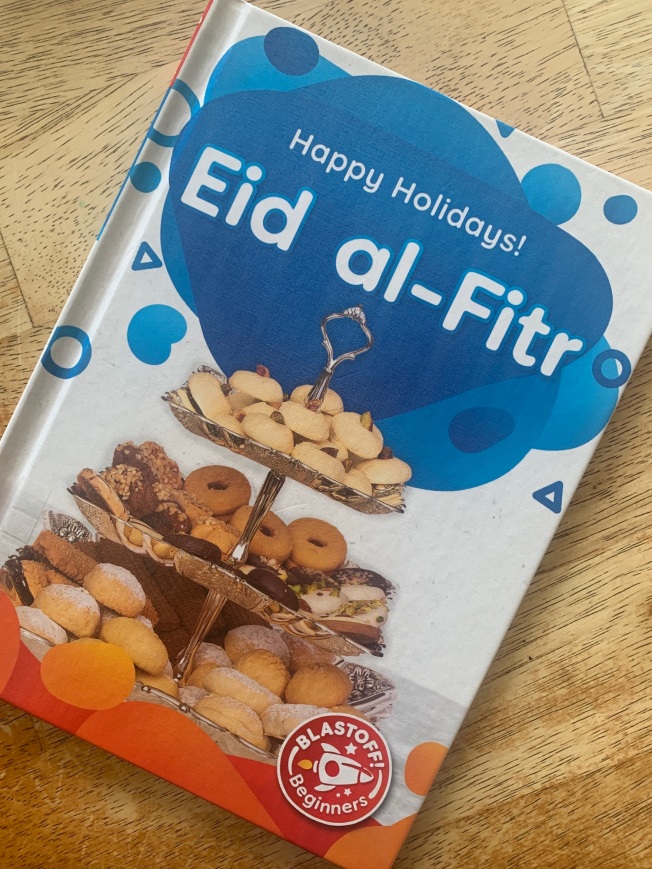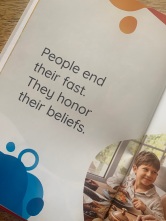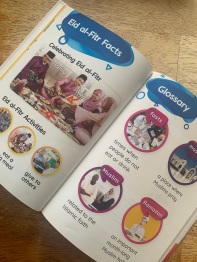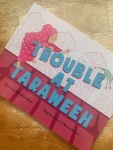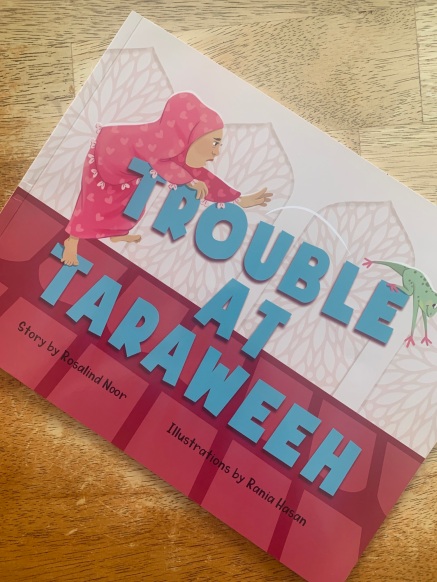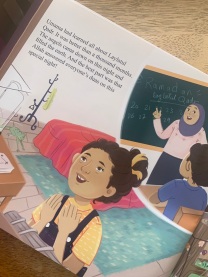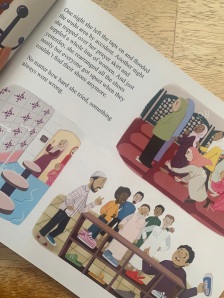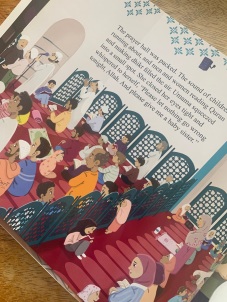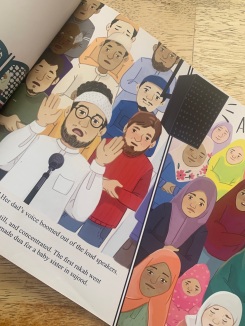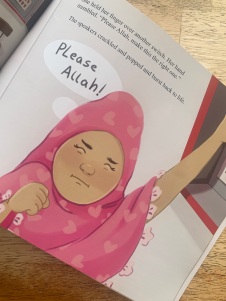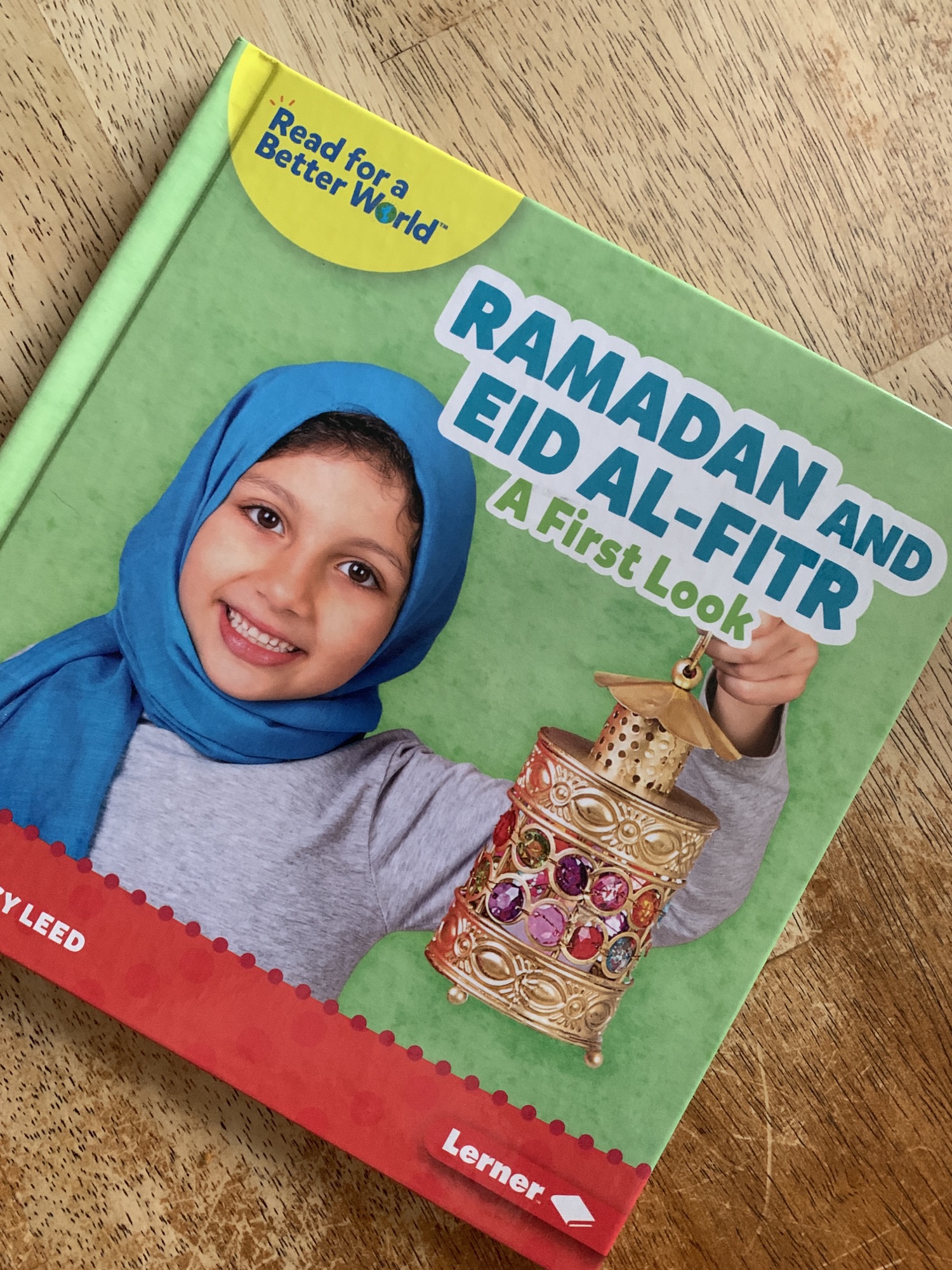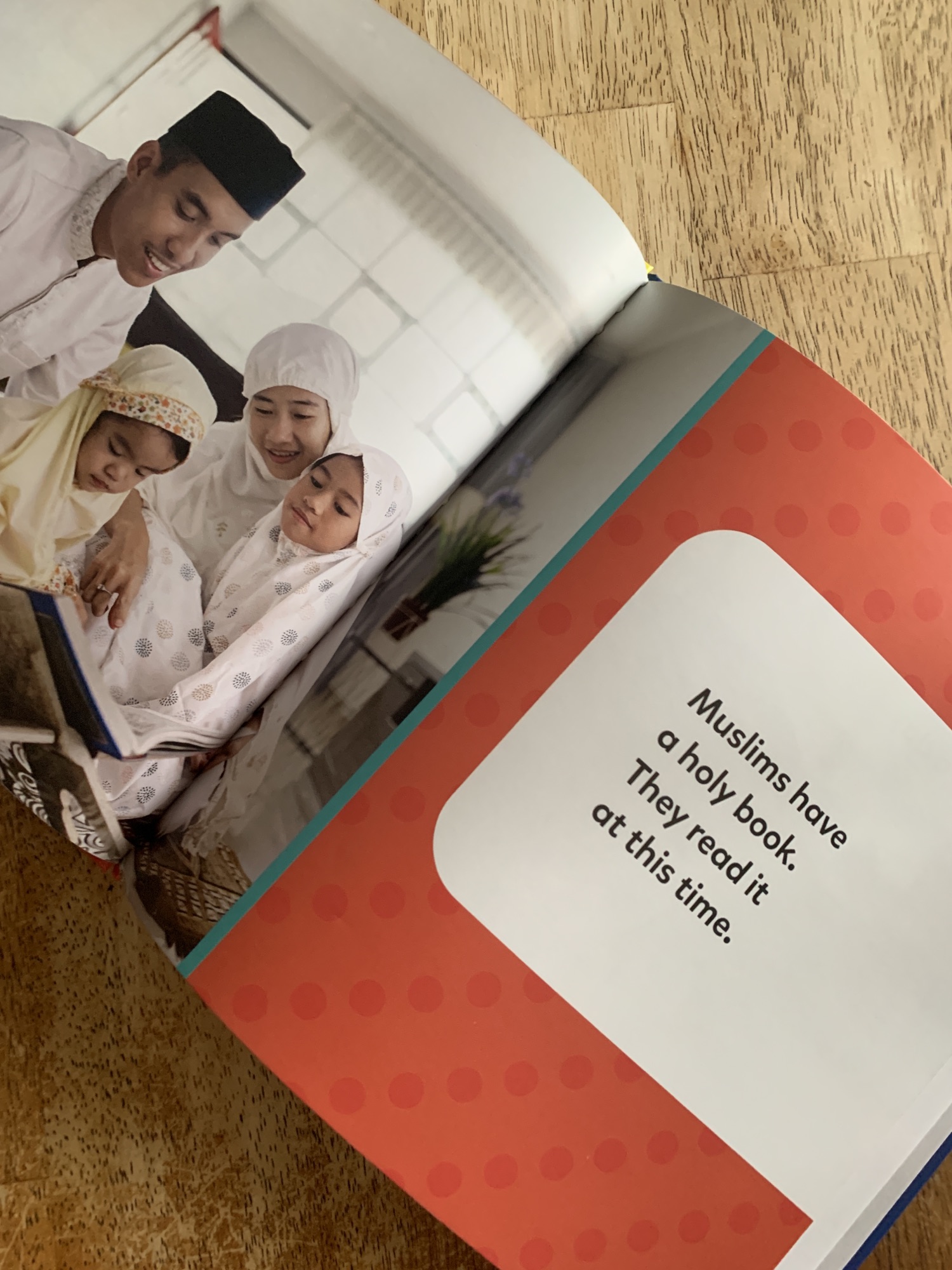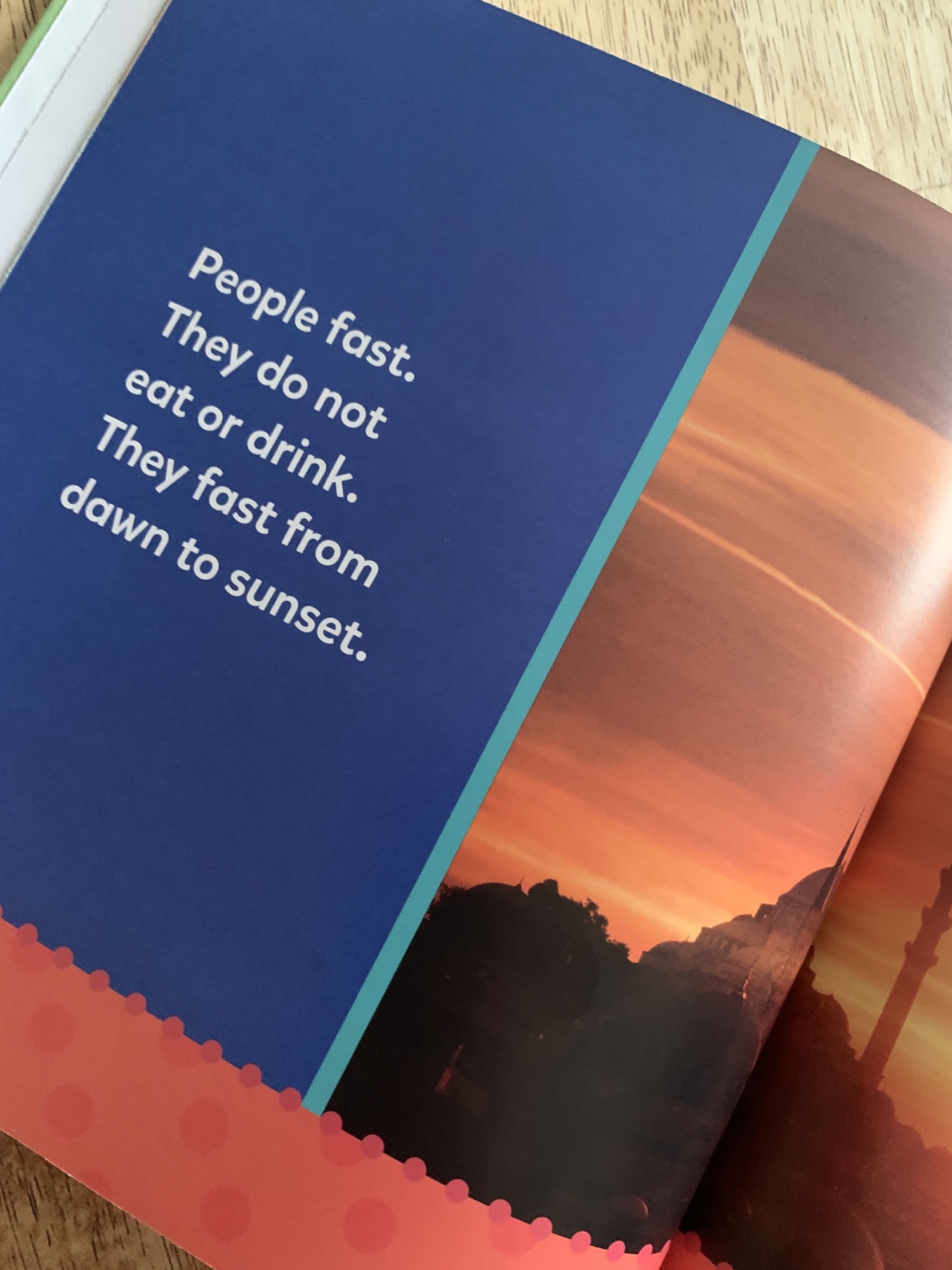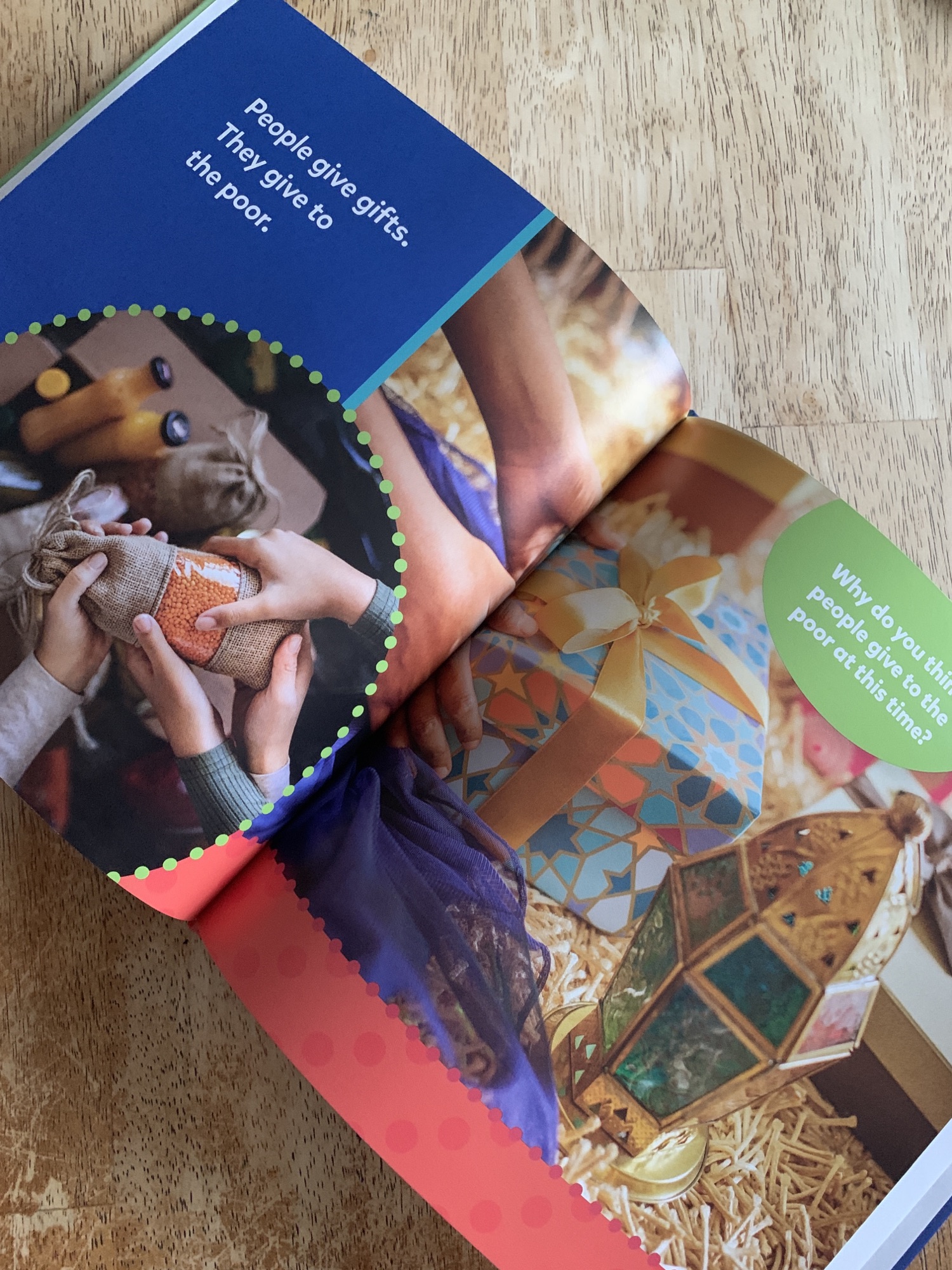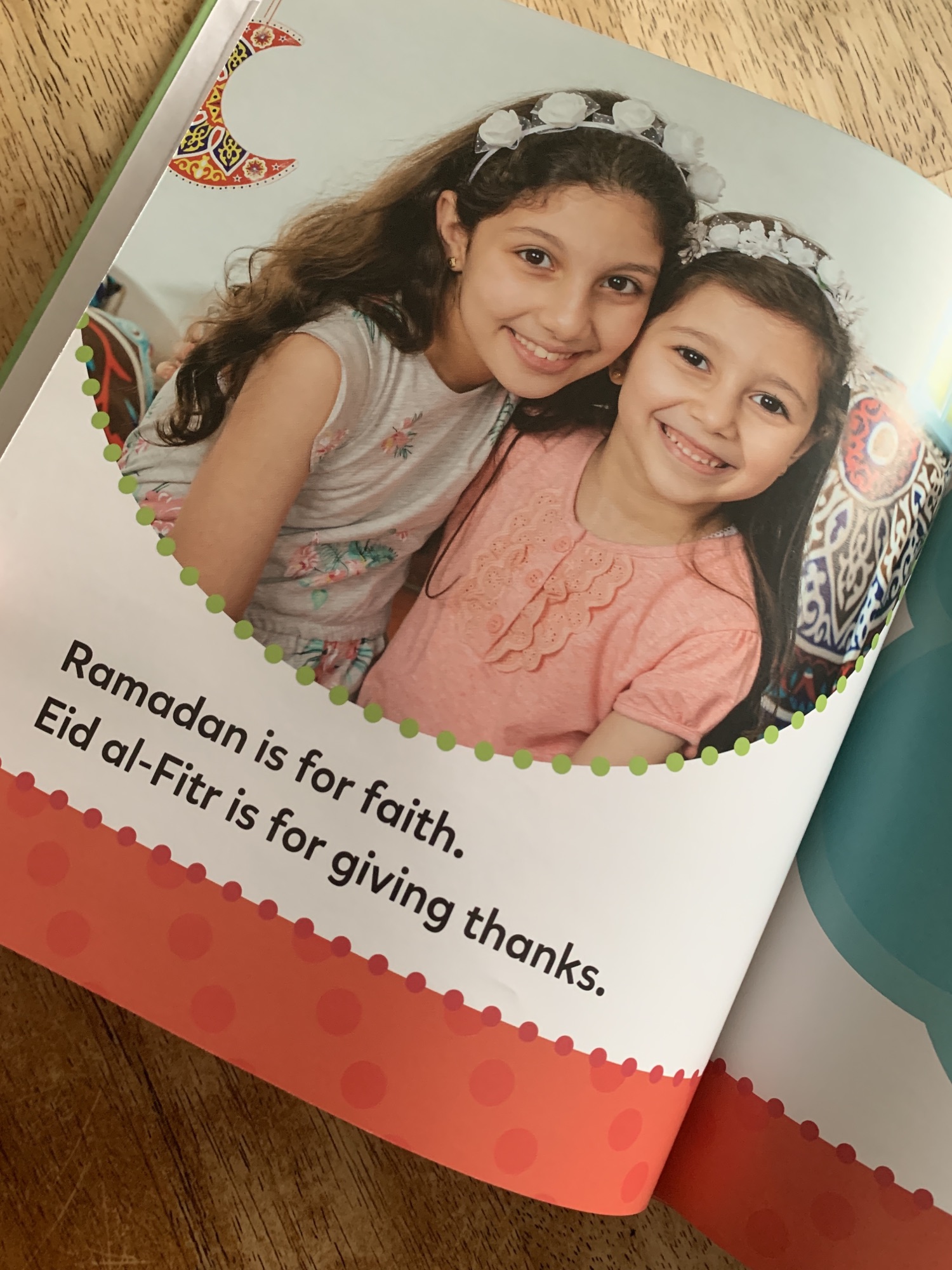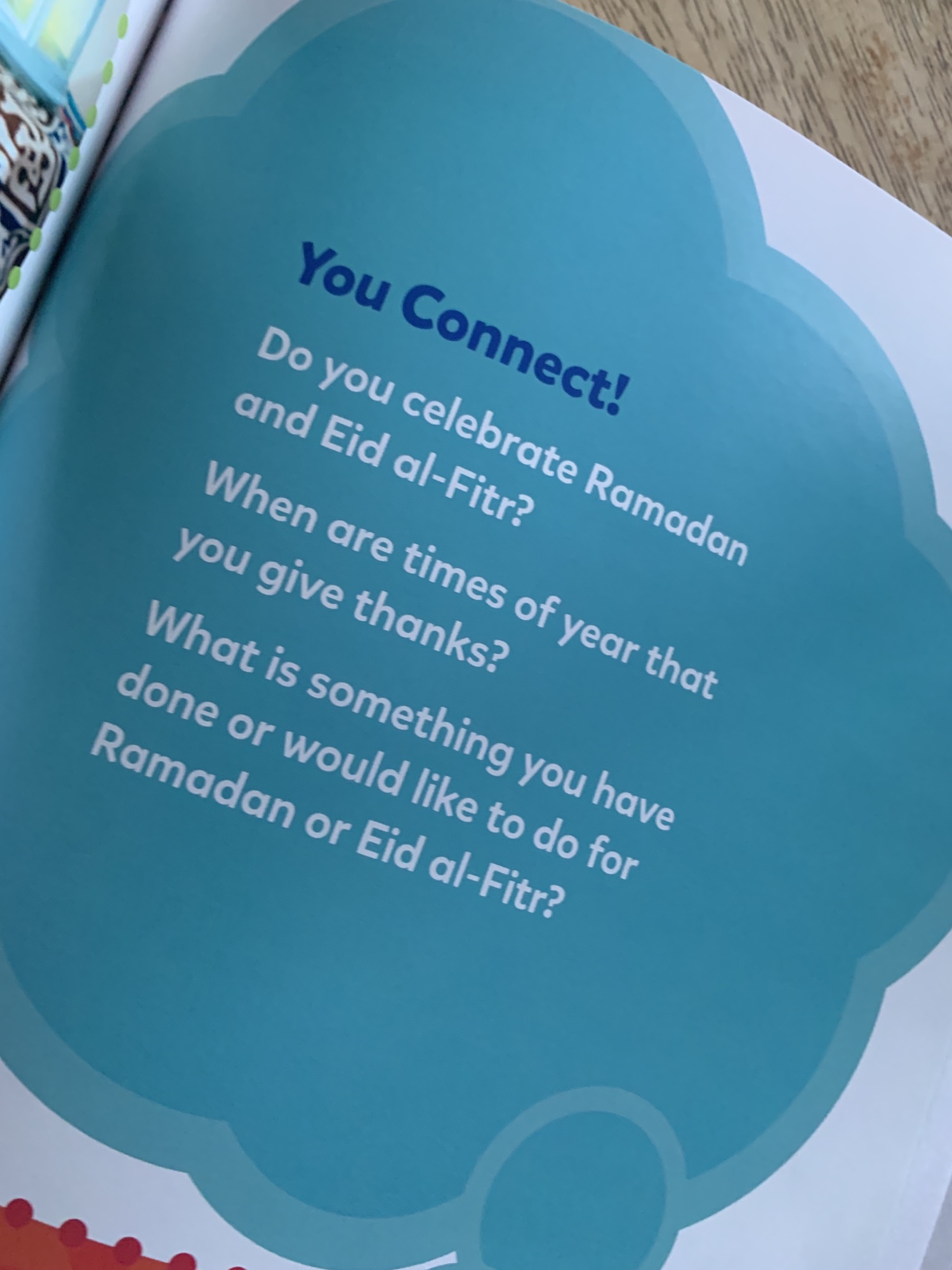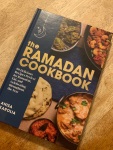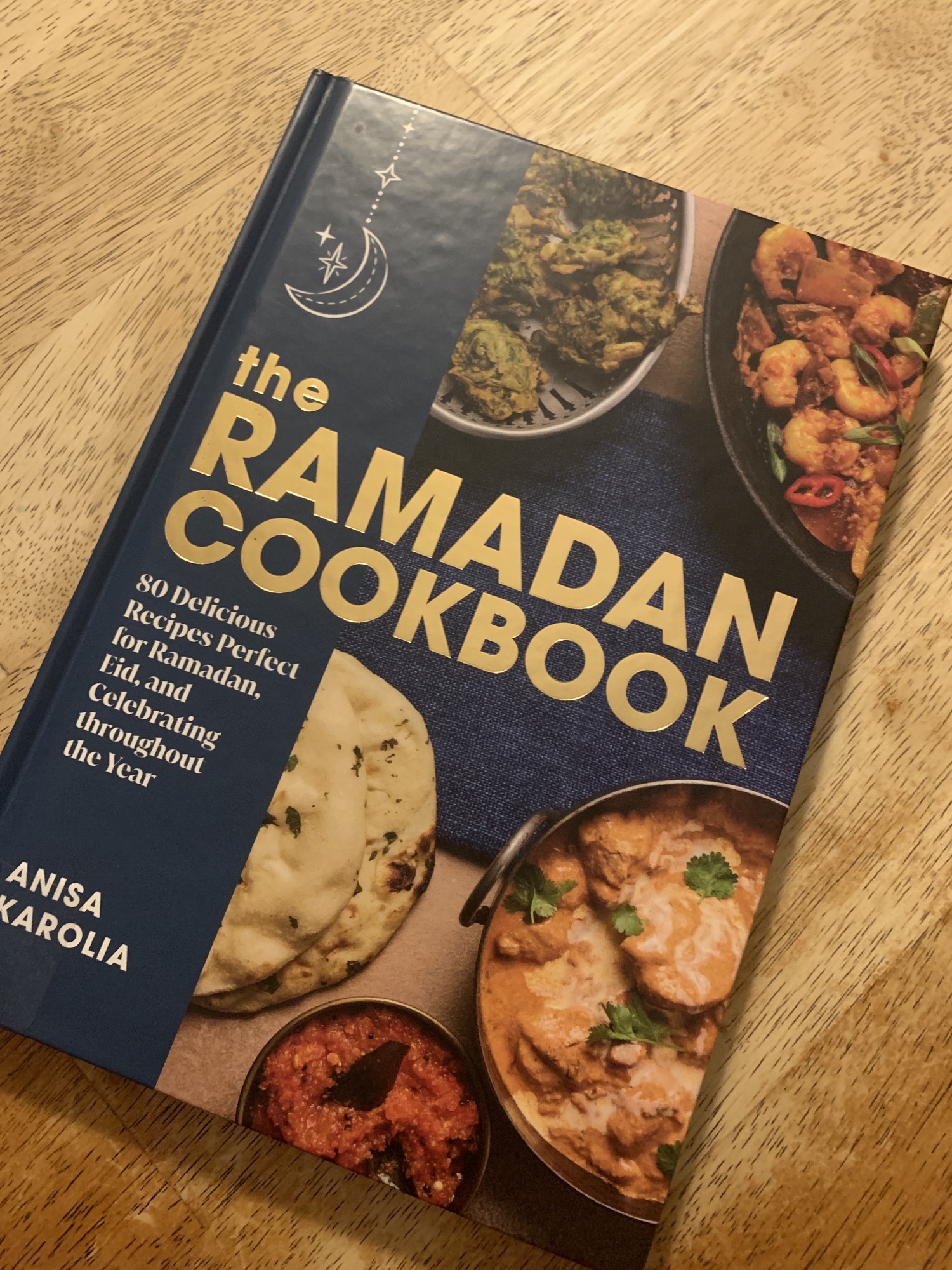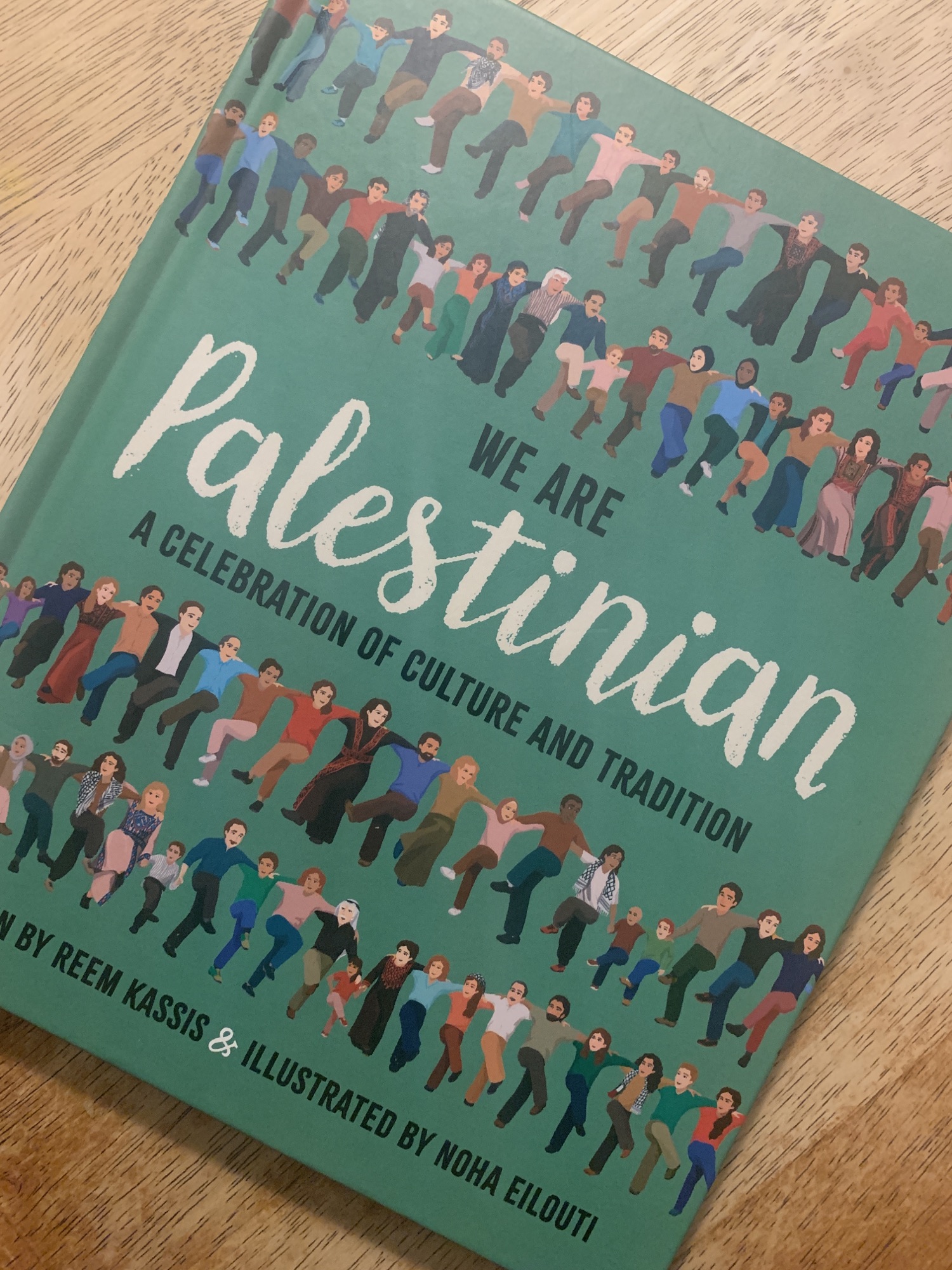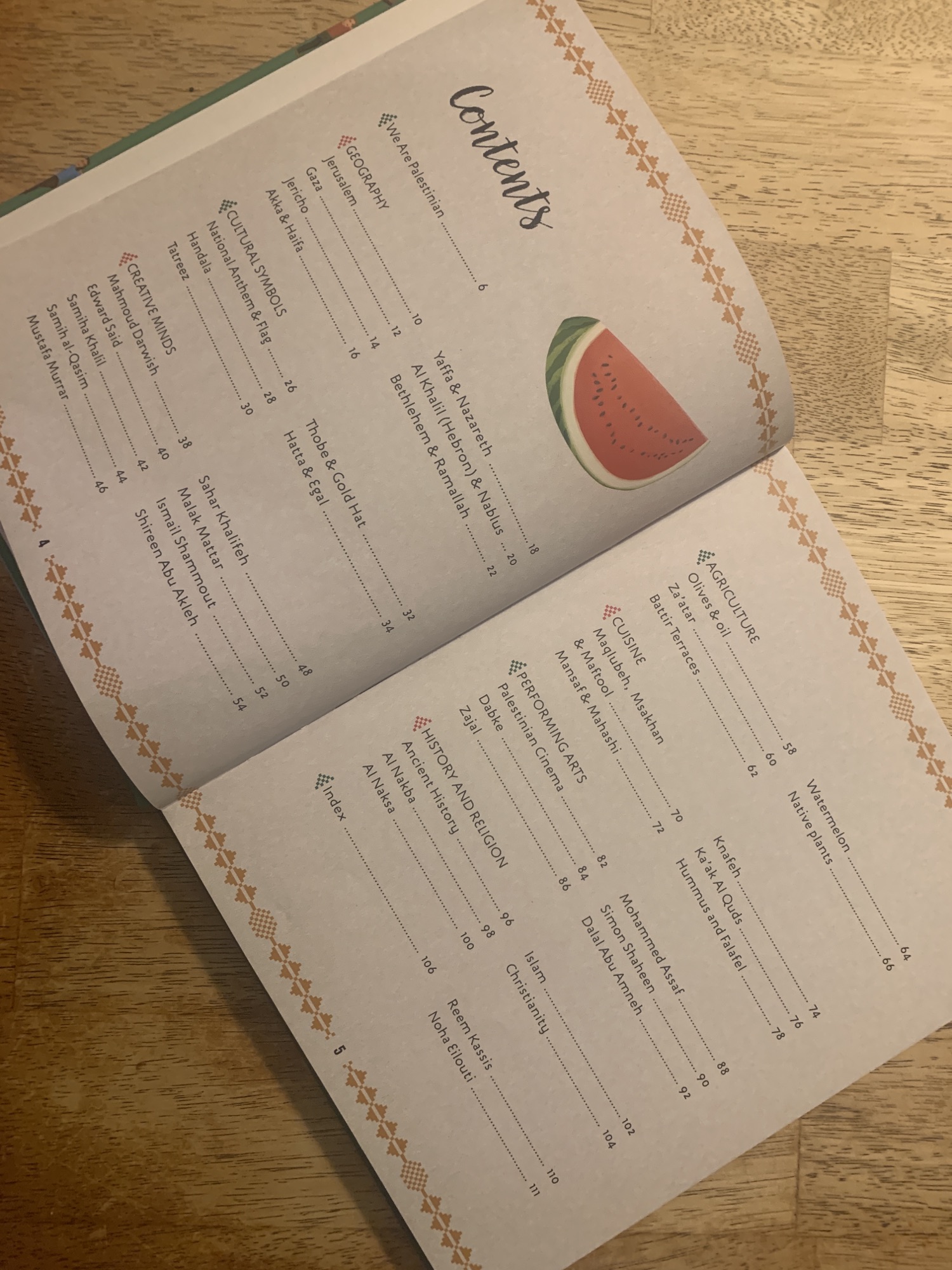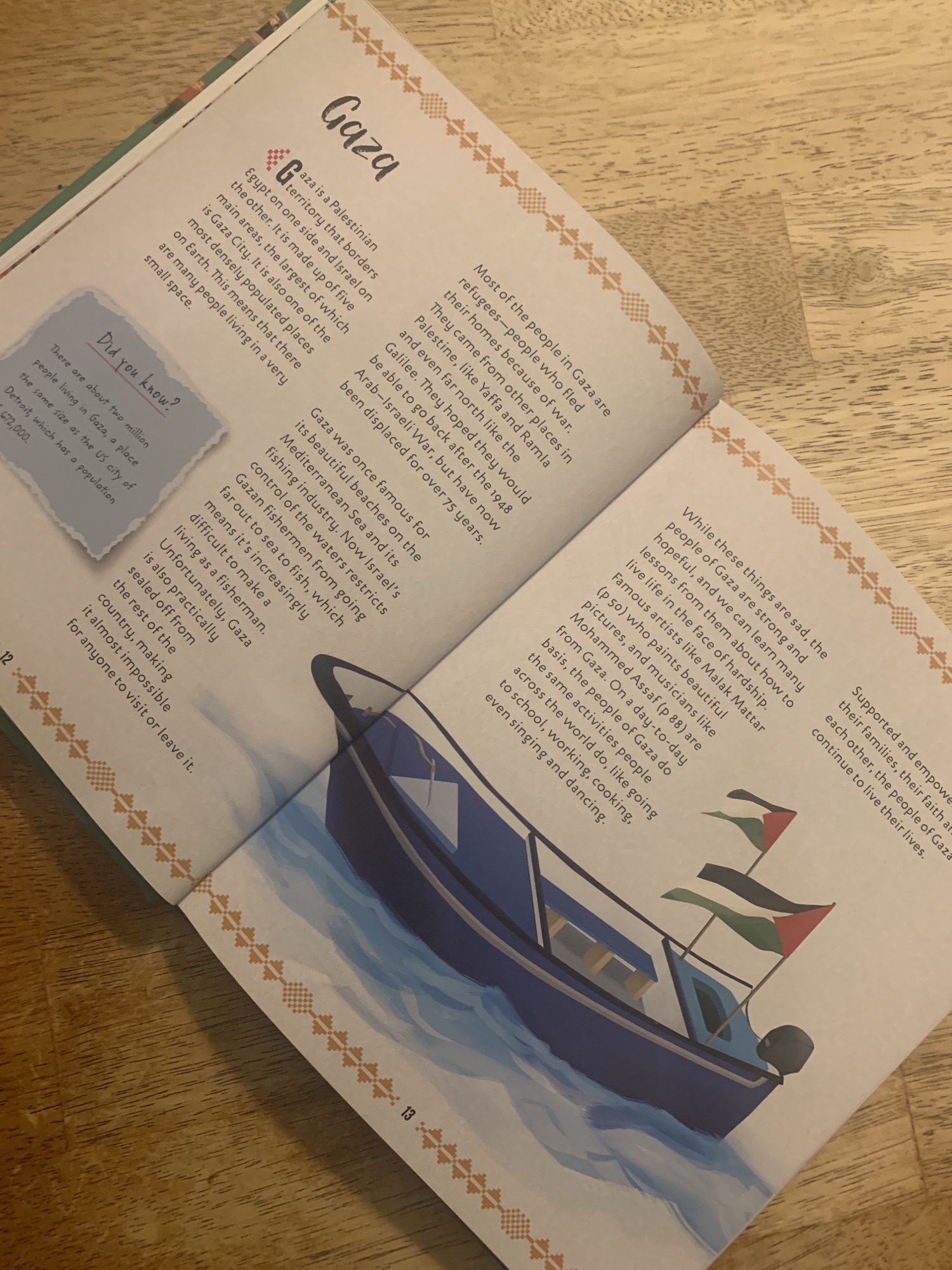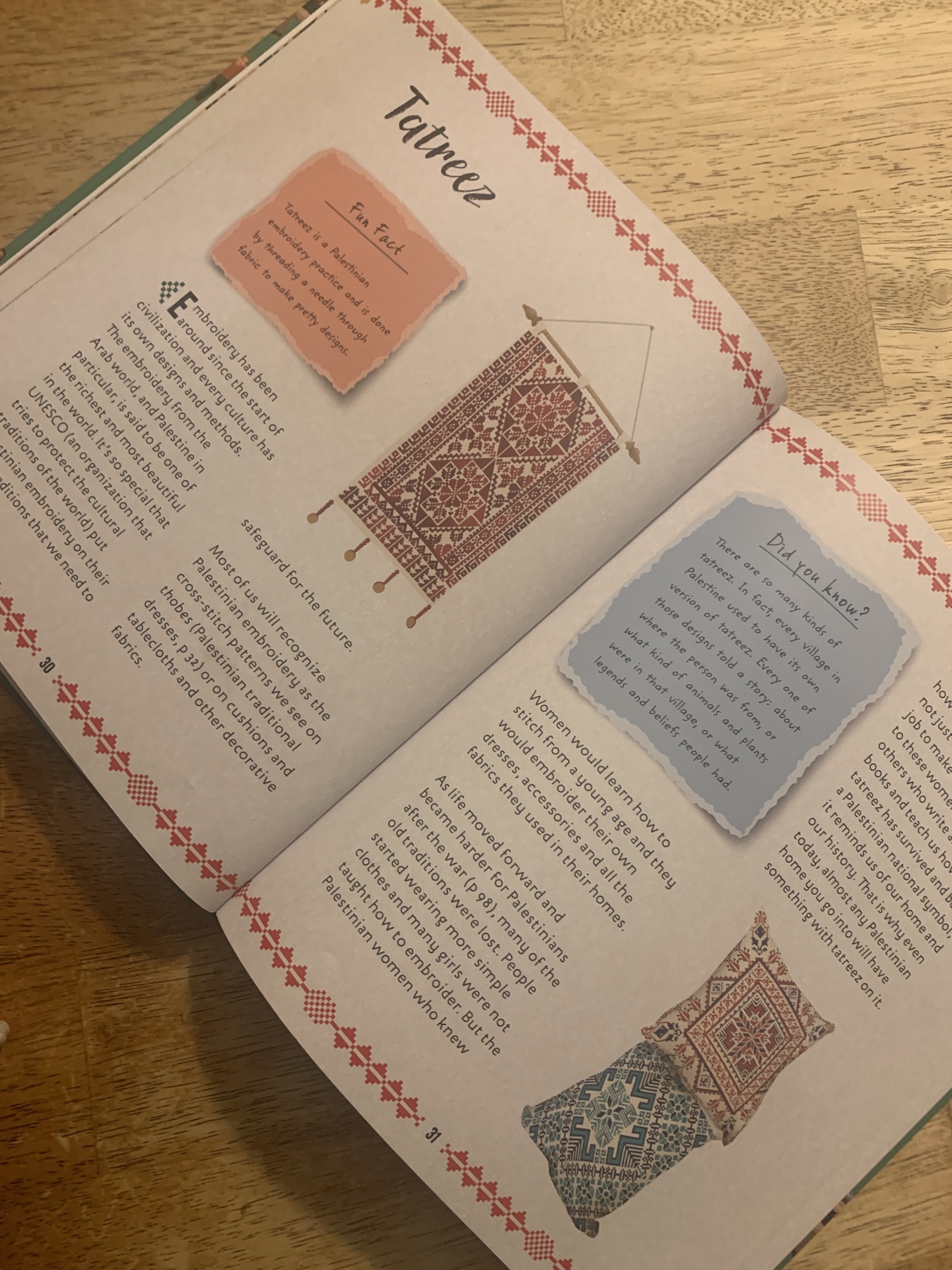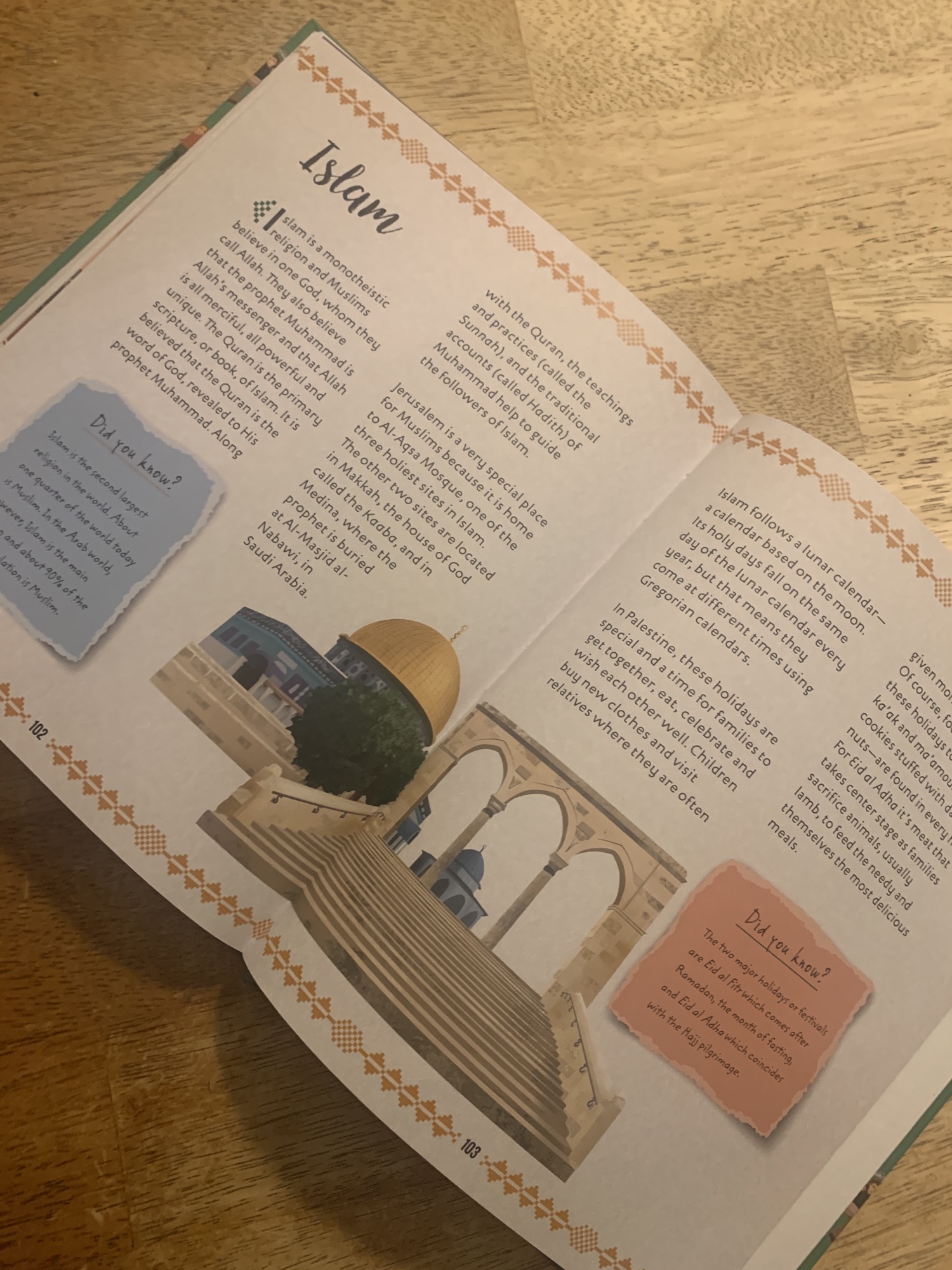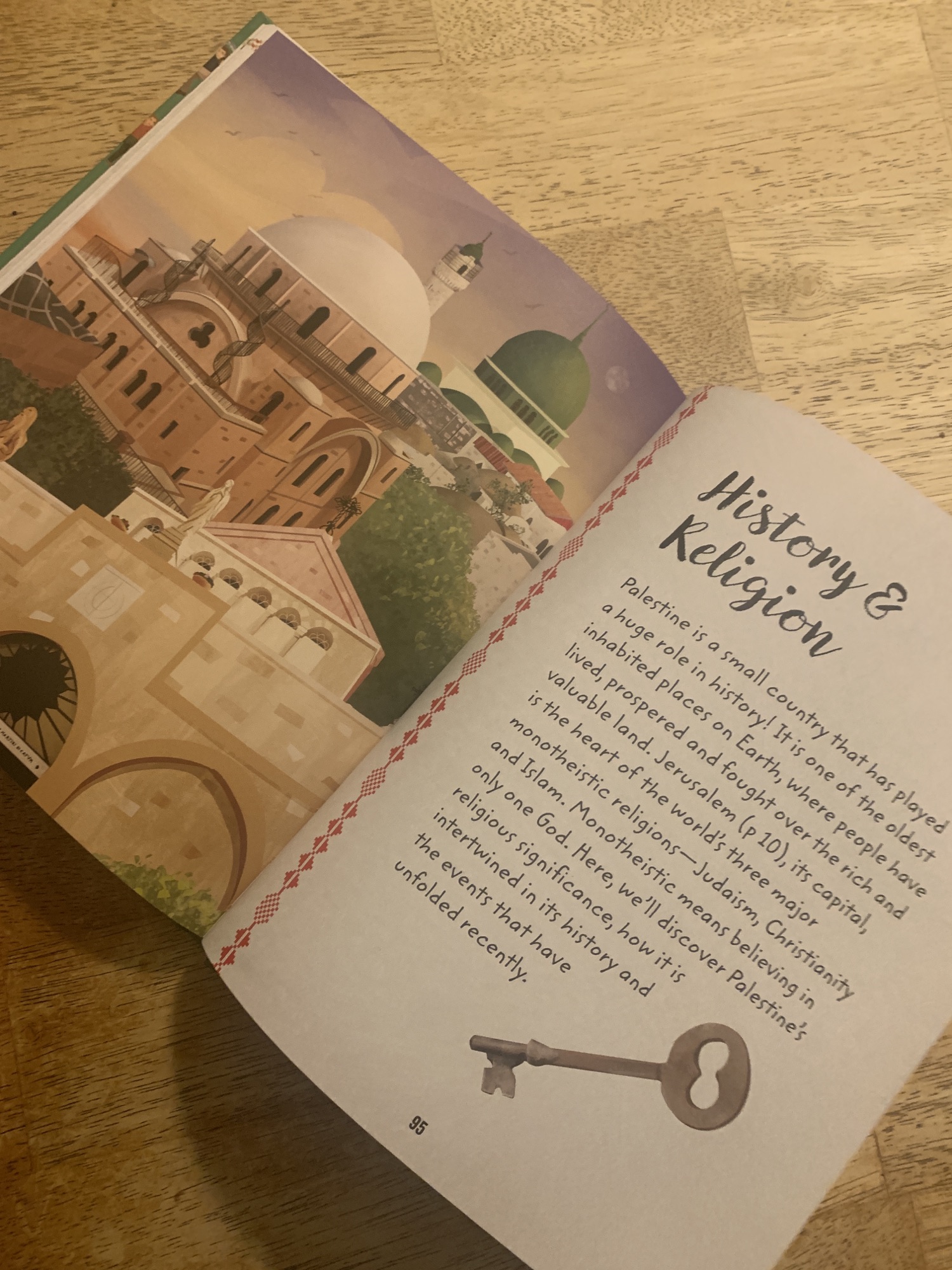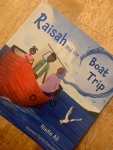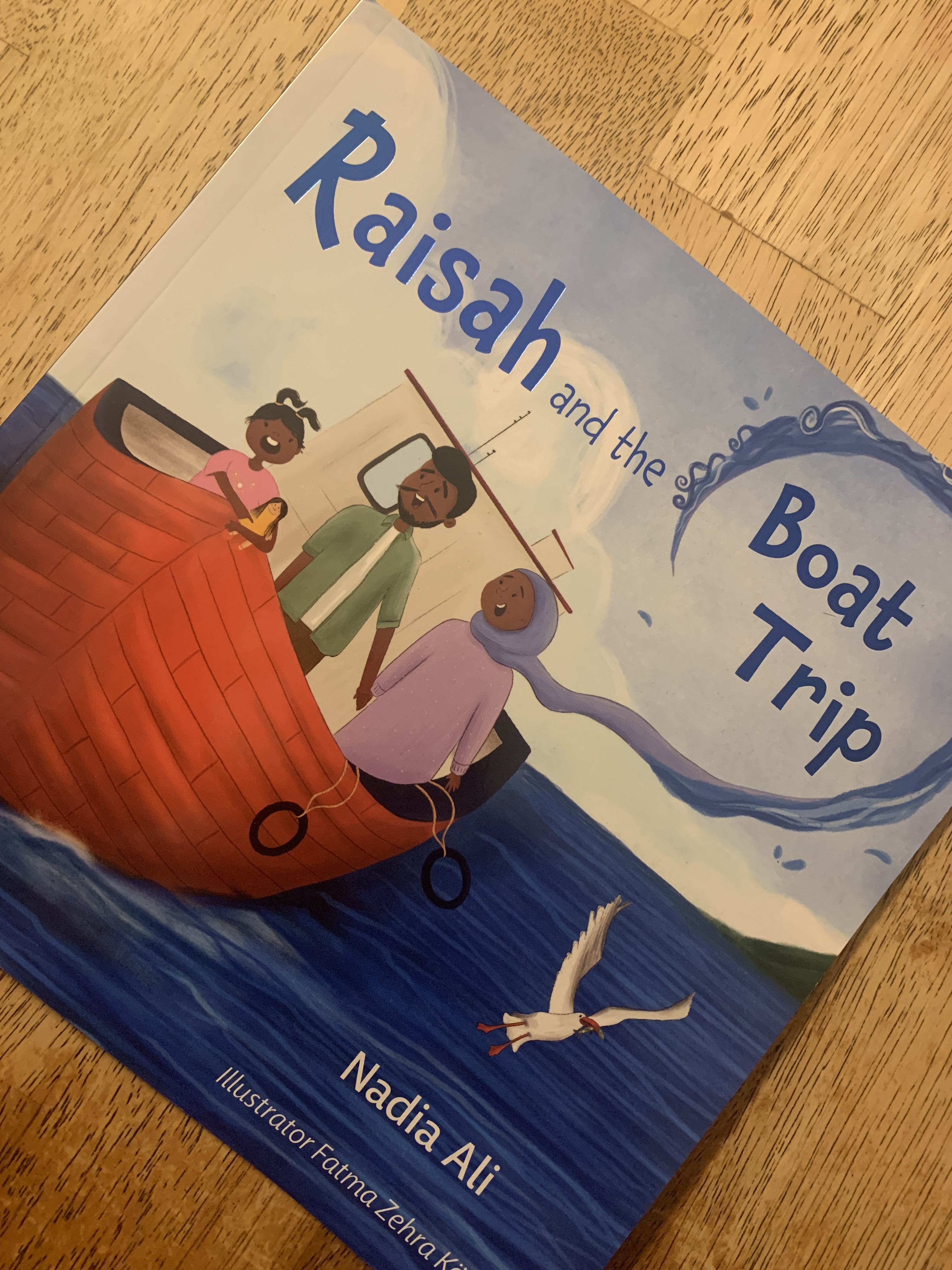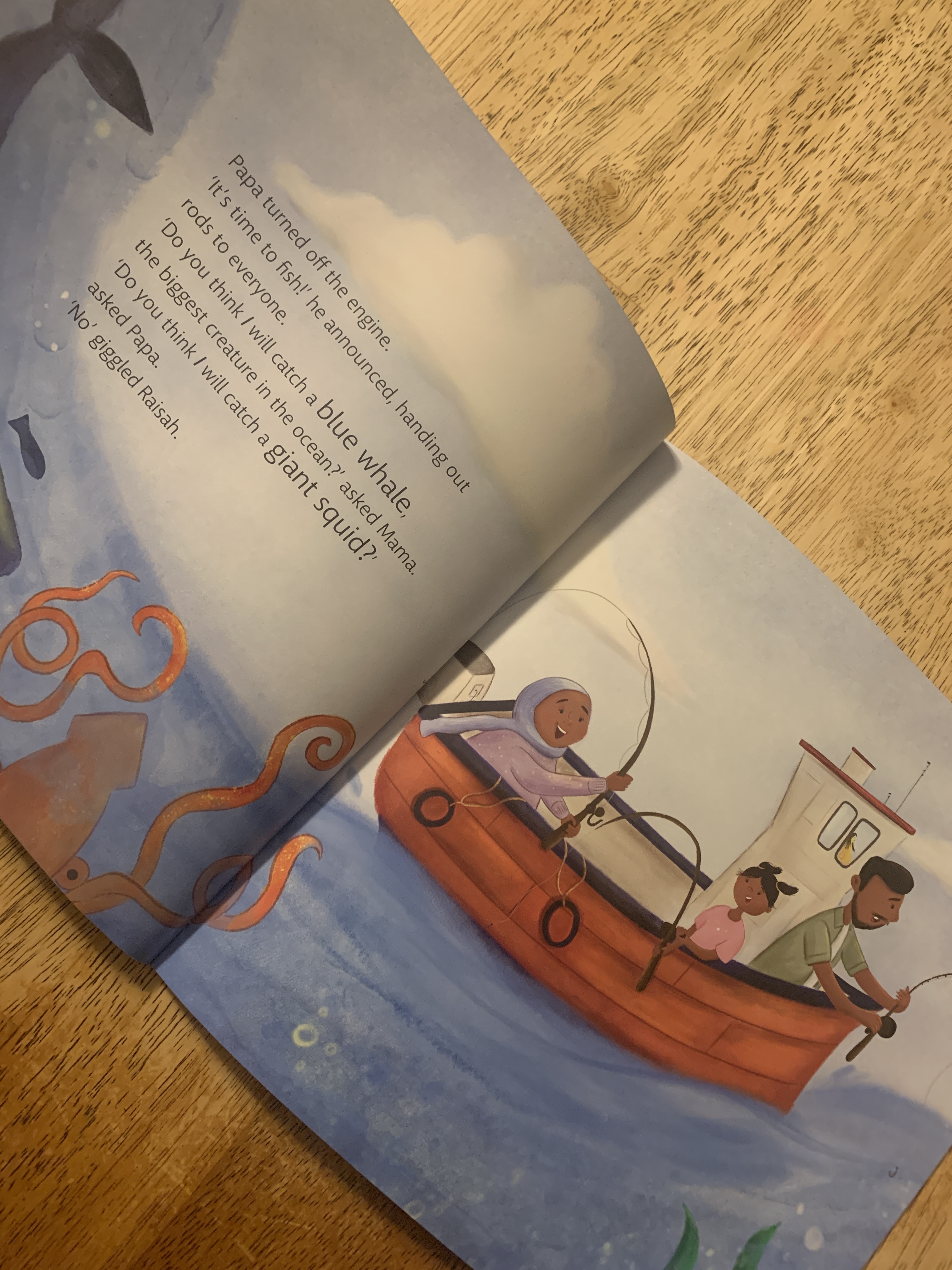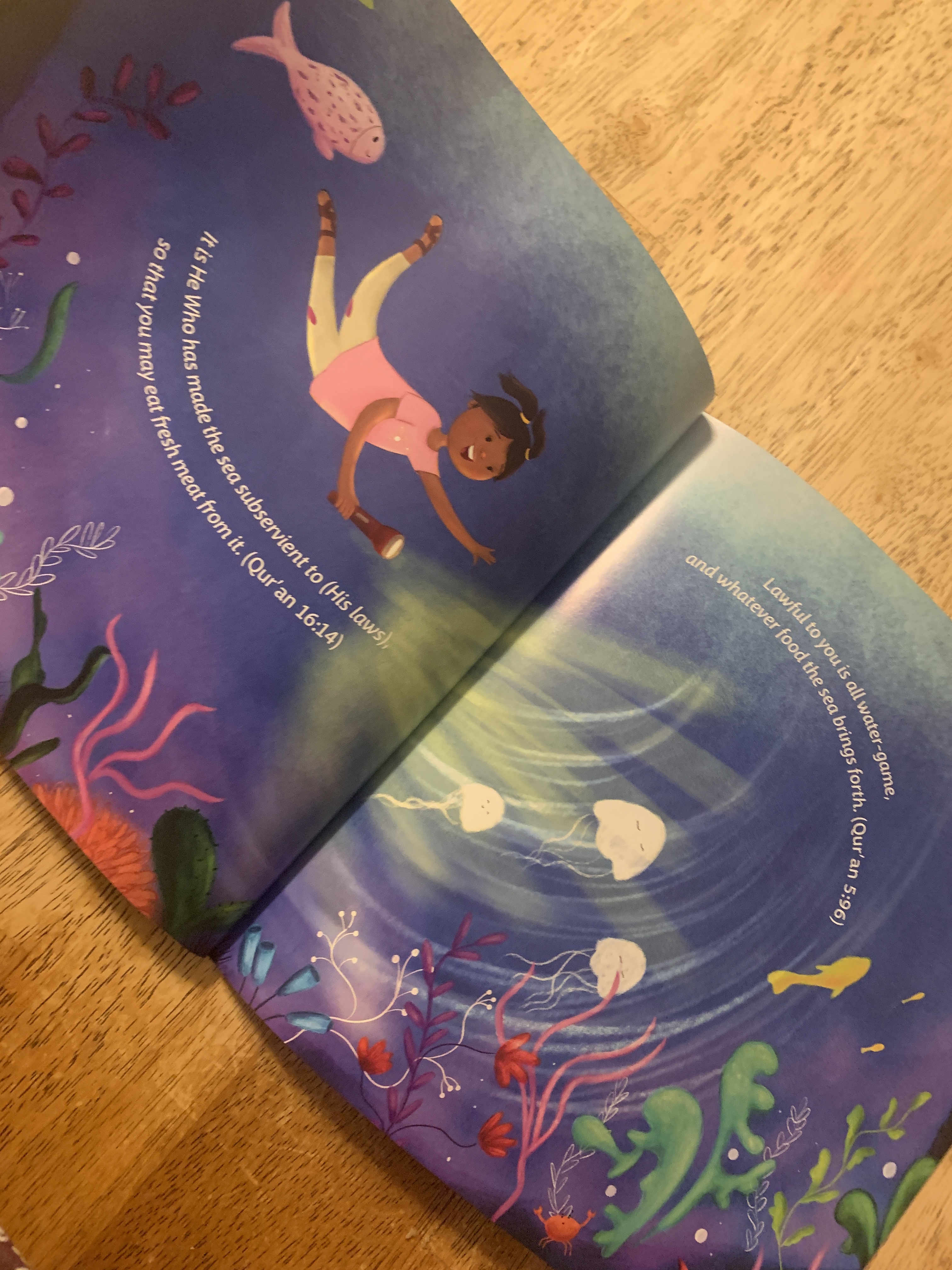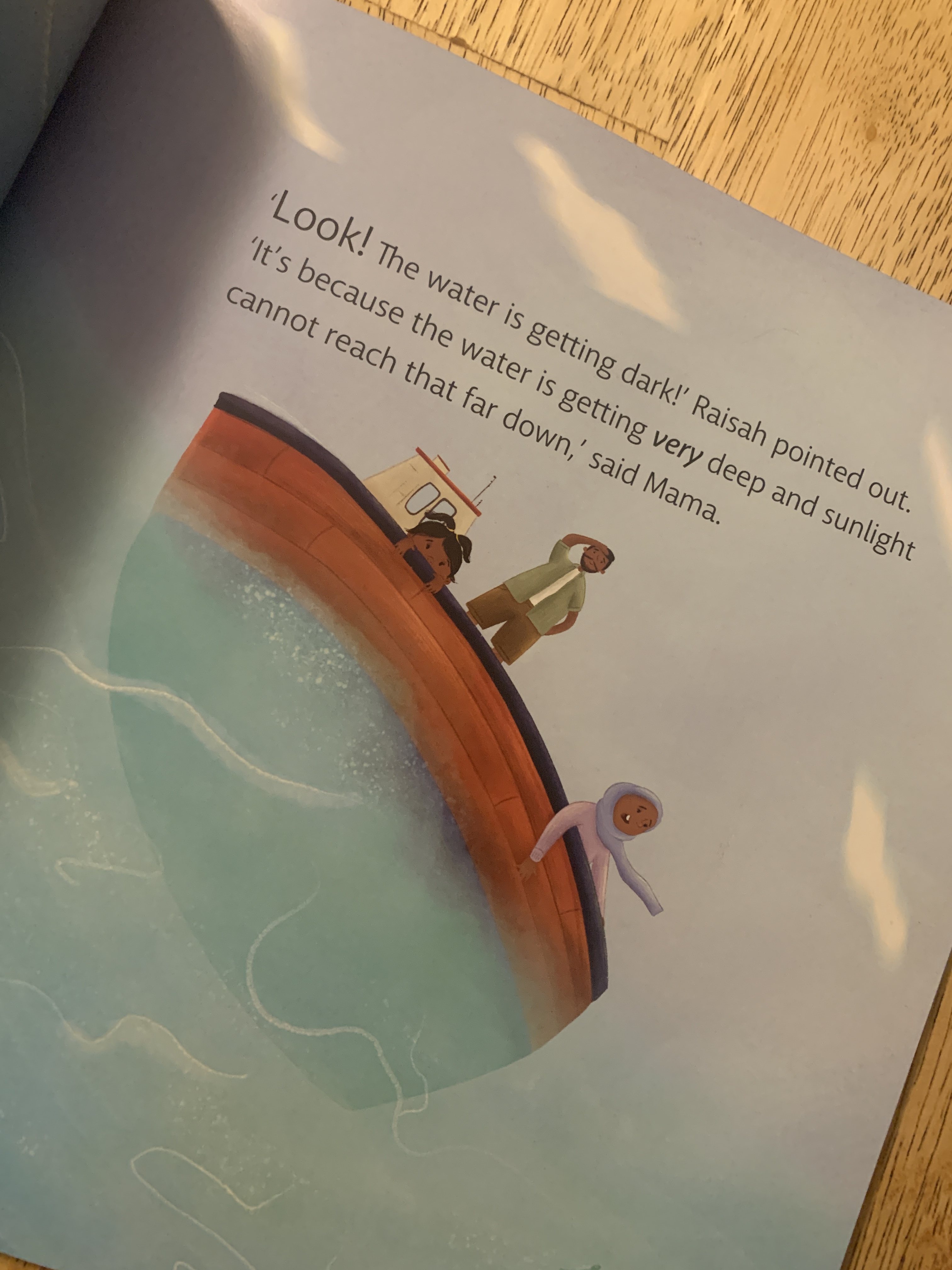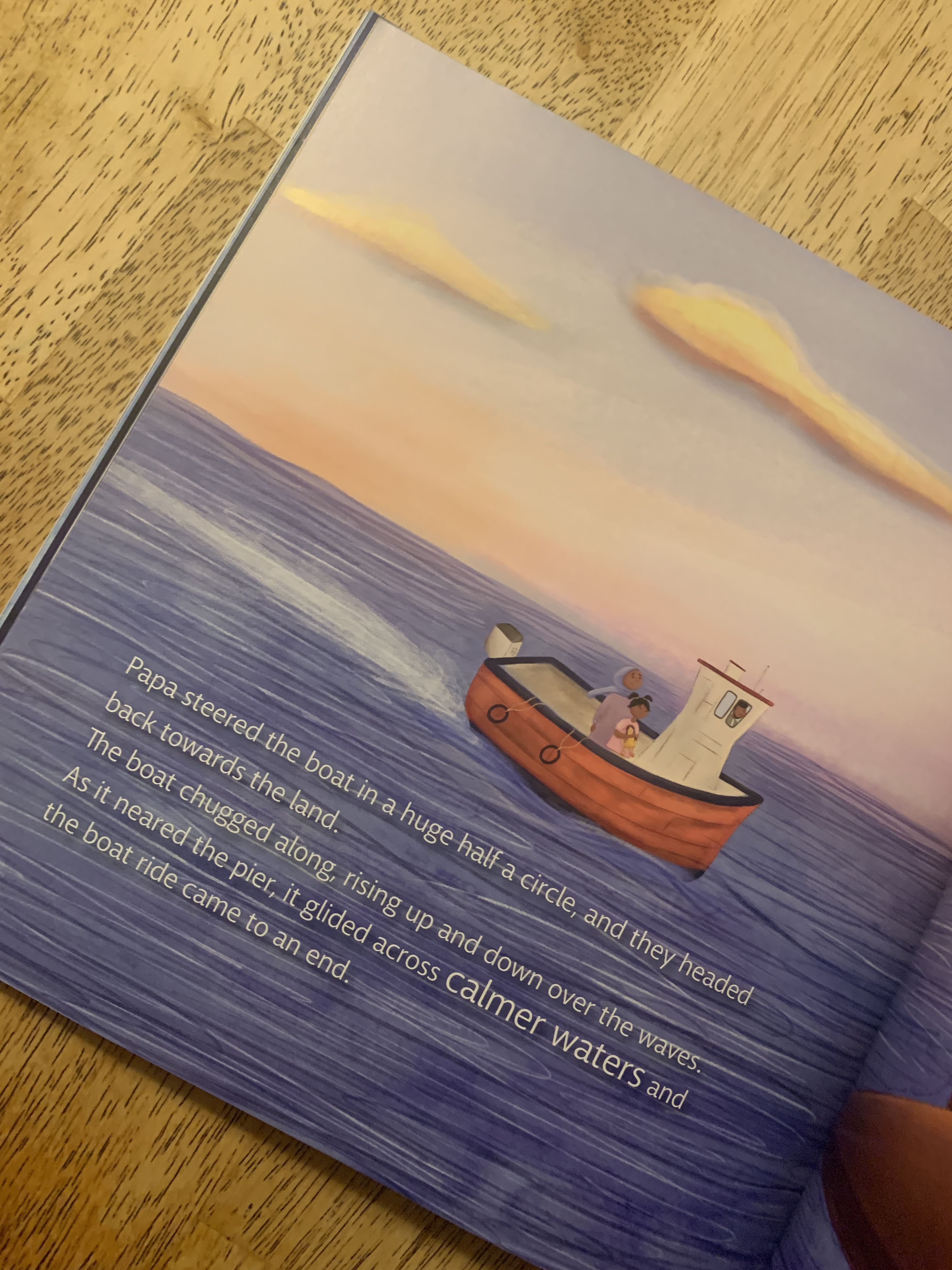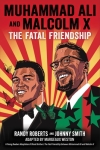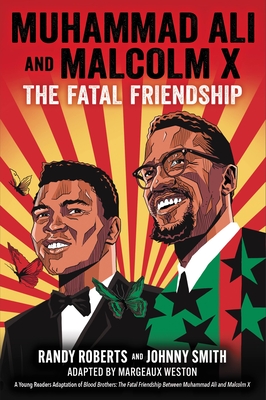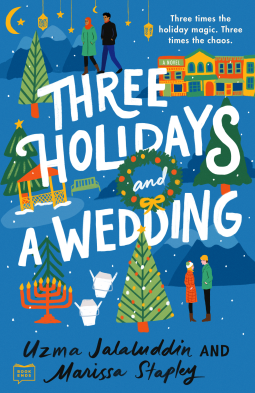

The lush writing and ever present threads of Islam captivated me from the first page of this Shaherazade retelling. I truly could hear my own voice in my head reading each word, and falling into the masterful story-telling of the protagonist/author. With about a third of the book left though, I was sadly stopped abruptly in my tracks. I found myself annoyed by Shaherazade, and having to convince myself that even though this is an adult read, she is very much coming of age and finding herself, only she doesn’t evolve and grow, and doesn’t have a character arc, and by the end I felt deflated. Is the book good? Yes. Would I recommend it to readers 18 and up that enjoy OWN voice, strong female, historical fiction? Absolutely. But I find myself frustrated, because when the book was good, it was so good, but as the end drew closer, I realized there were holes, big ones, that could so easily have been fixed. The author has the skill, the knowledge, all the tools, but alas, I didn’t appreciate Dunyazade because she is largely absent. I didn’t know the interworking of her assistants and friends so I didn’t care about them, side characters were so painfully underdeveloped. And with 50 pages left, I was for the first time perhaps ever, glad that the narrative moved from showing to telling (I know, who am I even). I needed the articulation to connect the dots particularly of Shahryar and Shaherazade’s relationship. The 423 page book could have, and should have, been a hundred pages longer to not feel so rushed at the end, and there should have been a map. The book has adult themes but they are handled in almost a YA manner. The beheadings, affairs, wedding nights, battles, war, are not detailed, but rather identified and moved on from even though they are so central to the plot.
SYNOPSIS:
In twelfth-century Persia the daughter of the Malik’s adviser stumbles on the Khatoon and her lover, she anonymously alerts the King to the affair and the beheading of wives begins. To keep the country from revolting at their mad king, Shaherazade offers to become his next wife, to assuage her guilt for what she set in motion, on the hope that her storytelling will keep her alive come morning. Life doesn’t pause however, as Shaherazade spins her tales, but rather amplifies. She accompanies her husband, Malik Shahryar as they join Saladin in the Third Crusade. The caravan, the journey, the battles, the romance, all bring the climax of returning home to a Kirman under siege will test Shaherazade’s story-telling abilities to the brink and with it the Seljuk Empire.
WHY I LIKE IT:
The prose is on point, time stood still while getting lost in a world of history, imagination, and the author’s skill. The constant presence of Islam in the characters life was incredible. It was not established and then left to the side: the times are marked by prayers, the athan is ever-present, the duas are heartfelt. Yes the characters drink wine, and sleep around, but they also fast and treat their prisoners of war with compassion.
I really struggled with how little I cared about people dying, there should have been more connection and more emotion for the side characters, and as the story progressed, I became increasingly irritated that I wasn’t forced to care about them, to know them, to appreciate what they meant to Shaherazade.
I also felt that the majority of the story took place over one year. How do you forget that you are telling stories to save your life and (SPOILER) start sneaking around with some other guy. You have a guard detail that follows you everywhere, you are in a caravan and you live in a tent, everyone knows everything! Shaherazade is also clueless a lot of the times asking soft questions and then told how intelligent she is and allowed to plot and scheme with various rulers. I love that she has a voice, she isn’t silenced, that she is never apologetic for being opinionated and her very presence is never a kindness, she takes up space and doesn’t look back, but the inconsistencies in her judgement needed some smoothing out. Show her understanding grow, and increase her intellect to wisdom, don’t have her charming and manipulating leaders one minute and then being so naive the next. She should have been so much smarter by the end of the book than she was shown to be in her personal dealings. Her political knowledge was strong, and she was a force, and that level of insight into her own life would have been a character arc to see.
The book is adult, but it almost reads YA and I’m not sure why, it is sourced, the historical presence is exciting, the words and flavors intoxicating. I normally love when the characters are shown and the reader doesn’t have to be told things, but the only reason I finished to the end was honestly because I got some telling. I was relieved to hear from Shahryar what he knew, what he felt, what he could own up to. Perhaps had there been more showing of the intricacies of palace life with the side characters the book would not have gotten to that point, but the lush writing could only carry the book so far.
FLAGS:
Relationships. sex, kissing, fornication, killing, beheading, lying, hangings, war, battle, drinking wine, scheming, kidnapping, attempted rape, it is Adult, but nothing is overly detailed or glamorized.
TOOLS FOR LEADING THE DISCUSSION:
I would love to chat about this book, I think I could be swayed to love it, or play the devils advocate and argue for the sake of arguing. Being how highly recommended this book came to me from a dear friend, I’m ready to battle and anxious to discuss!
I got my copy from the library, but can be purchased here.

